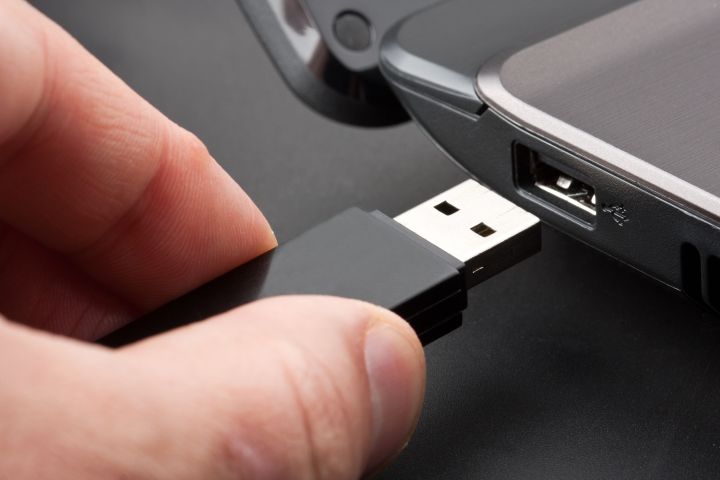
The disk image for the most basic version of Tiny Core 8.0 weighs in at just 16MB, according to a report from Liliputing. By comparison, Windows 10 typically takes up around 16GB of space for a 32-bit install, and around 20GB of space on a 64-bit system.
There are various builds of Tiny Core for different purposes, like variants that are tailored to work with ARM, x86, and x86-64 processors. While the smallest version with a graphical user interface is 16MB, there’s also a version that sticks to a command line interface instead, reducing its size down to just 11MB.
At its heart, Tiny Core is a Linux distribution that specializes in modularity, which allows its file sizes to be so small. Its creators assume that users are going to combine the basic package with whatever content they need for the task at hand, so the OS itself only contains the bare necessities.
Its small size helps Tiny Core offer compatibility with a broad range of hardware, and allows the OS to boot in just a few seconds, in most cases. However, it’s capable of running full-fledged software packages like image editor GIMP, the Firefox web browser, and the LibreOffice suite.
If you’re interested in tinkering with Tiny Core, you can find installation packages and instructional materials on its official website. However, remember to perform a comprehensive backup before you try install the OS on your system, and make sure you know what you’re doing before making any serious changes to your computer.


